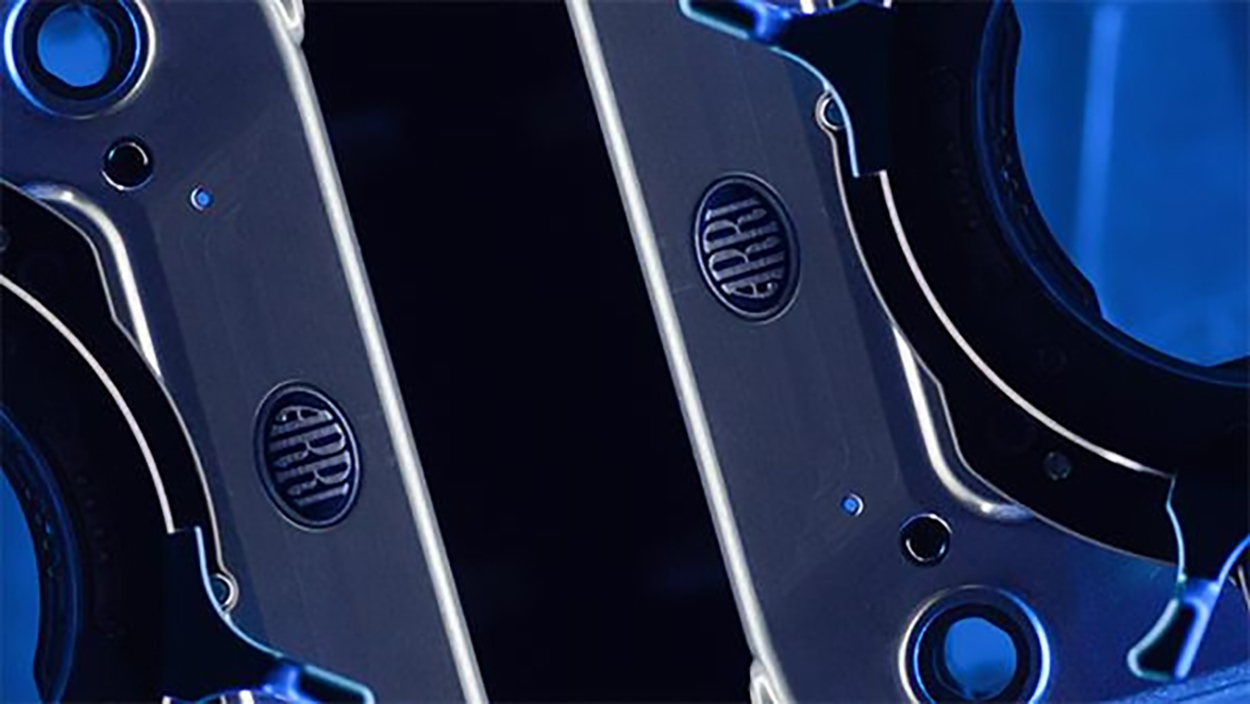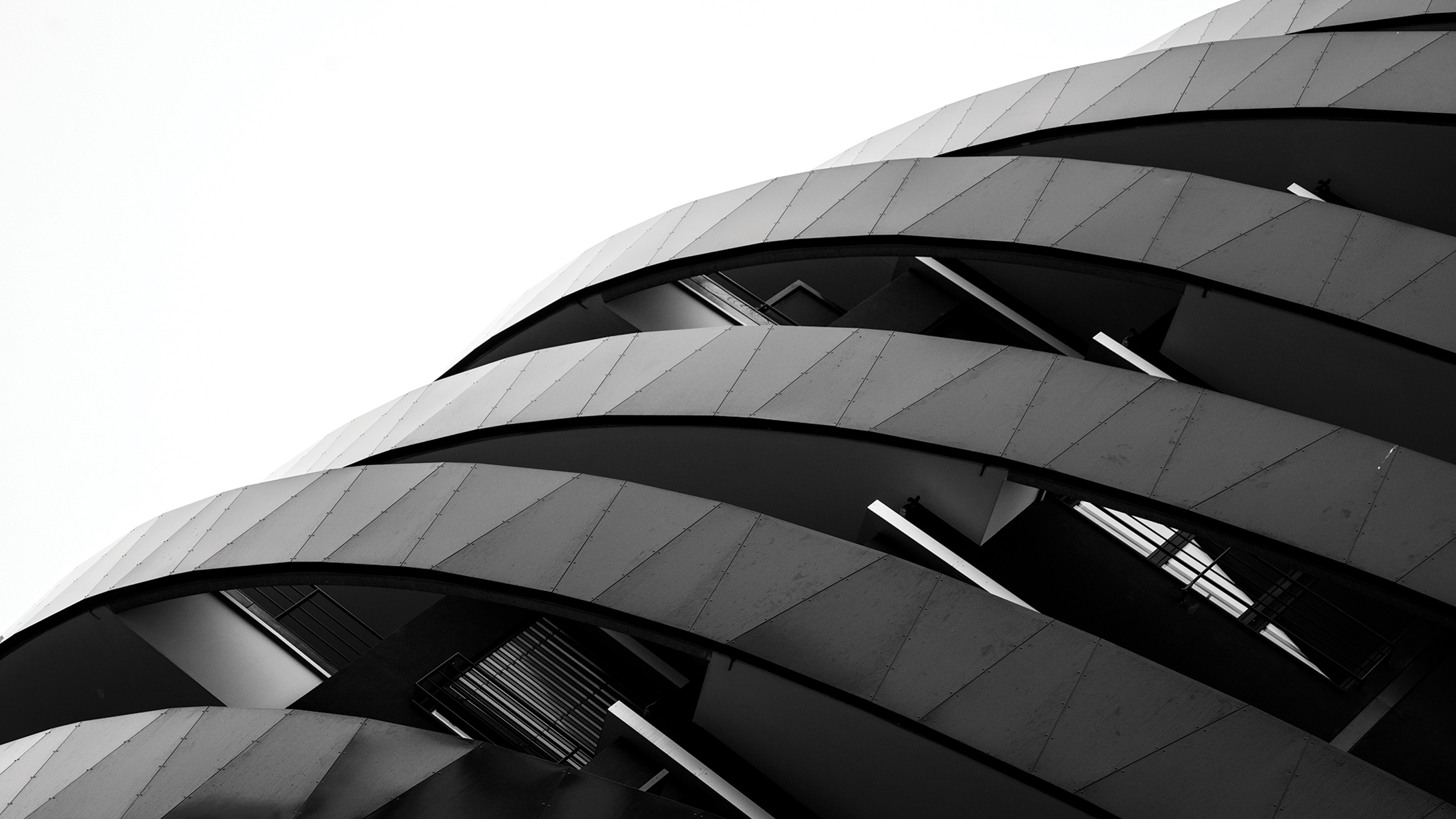How many movies will be shot on ARRI's new 4.6K Super35 cine camera ALEX35?
ARRI teases new super35 cine camera ahead of launch next week with a new 4.6 K sensor and epic levels of range

ARRI, a name renowned in the world of cinema having had its name on some of the most iconic and award-winning movies of our time, is set to announce a new camera to the market since it launched the ARRI Mini LF three years ago. In a recent brochure leak spotted by Y.M Cinema, the name for this new ARRI camera will be ARRI Alexa 35 – a hint to the Super35 sensor format.
In the teaser video below we see that this new camera could have a body made from carbon fiber, much like its large format offerings, however instead of the standard "lined" carbon it looks like this new super35 camera will feature a forged carbon design featuring a big top fan to keep the system cool.
This possible new cooling solution might be in place following a leak from website No Film School, who report that the ARRI super35 camera will feature a new sensor featuring 17 stops of dynamic range and giving a 1.5-stop improvement in shadows over its current super35 sensor. If this new sensor is to be believed, which is highly likely, this will be the first time in over a decade that the company has launched a new super35 sensor to the market.
The rumor mill continues, suggesting that this new sensor will measure 28mm x 19.20mm and can be shot in 4.6K 3:2 Open Gate and can also be cropped down to Super16 in 2K – my guess to offer better slow-motion performance without having to buy a license to run high frame rates.
Yes, you read that right. For the current ARRI cameras to run at variable frame rates and high speed it is common to buy a license and "install" that onto the sensor to unlock theses features, hopefully a process the cinema giant will eventually phase out.

I wouldn't be a cinema camera if it could not support anamorphic lenses, and options for this are 1.25, 1.3, 1.33, 1.5, 1.65, 1.8, 1.85 and 2x squeeze factors – so any of the best anamorphic lenses on the market can be used with this new camera – not surprising.
However, what is surprising are the rumors of this new camera having a new processing pipeline which will shoot RAW and Apple ProRes, but with no compressed RAW option. Having a camera of this quality, its always best to shoot at the top bit-rate to get the best from the sensor, but not having compressed RAW options seems like a bit of a missed opportunity for users looking at the possibility to upgrading to ARRI from other manufactures, where compressed RAW is a common feature.
Get the Digital Camera World Newsletter
The best camera deals, reviews, product advice, and unmissable photography news, direct to your inbox!
After all, some projects do not require the highest bit-rate or color-depth, which can save you time on editing the footage and storage. On color space, this new camera will reportedly feature a new one called ARRi Wide Gamut AWG4 and a new LOG curve. All of this would most likely be down the the new sensor and its 17 stops of dynamic range, but all of this is still unofficial news, until ARRI launch the keynote about this new camera on 31 May, which you can sign-up for via the ARRI website.
Read more:
Best Netflix approved cameras
Best cinema cameras
Best cine lenses
Best anamorphic lenses
How cine lenses work

For nearly two decades Sebastian's work has been published internationally. Originally specializing in Equestrianism, his visuals have been used by the leading names in the equestrian industry such as The Fédération Equestre Internationale (FEI), The Jockey Club, Horse & Hound, and many more for various advertising campaigns, books, and pre/post-event highlights.
He is a Fellow of the Royal Society of Arts, holds a Foundation Degree in Equitation Science, and holds a Master of Arts in Publishing. He is a member of Nikon NPS and has been a Nikon user since his film days using a Nikon F5. He saw the digital transition with Nikon's D series cameras and is still, to this day, the youngest member to be elected into BEWA, the British Equestrian Writers' Association.
He is familiar with and shows great interest in 35mm, medium, and large-format photography, using products by Leica, Phase One, Hasselblad, Alpa, and Sinar. Sebastian has also used many cinema cameras from Sony, RED, ARRI, and everything in between. He now spends his spare time using his trusted Leica M-E or Leica M2, shooting Street/Documentary photography as he sees it, usually in Black and White.
